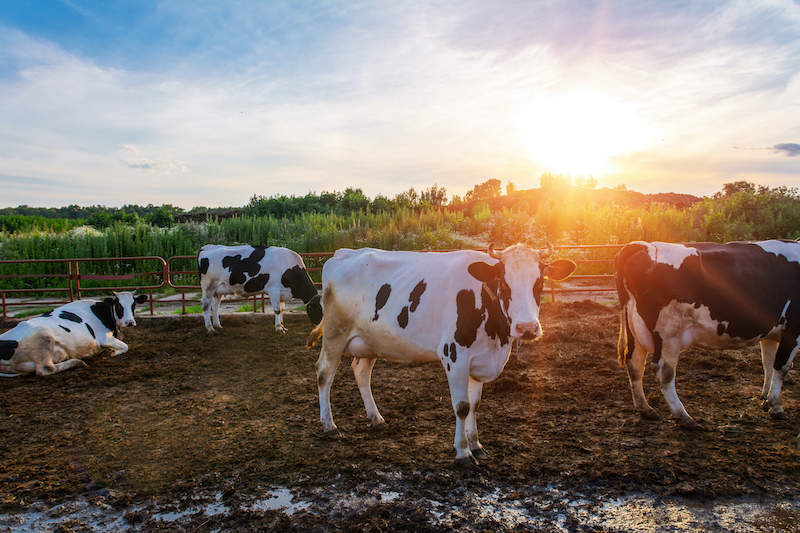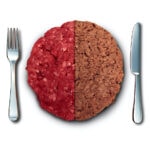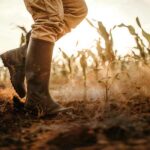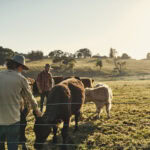At the NSW Farmers Alternative Protein Forum held in Sydney this March, representatives from relevant…
Dairy recovery might be on the cards
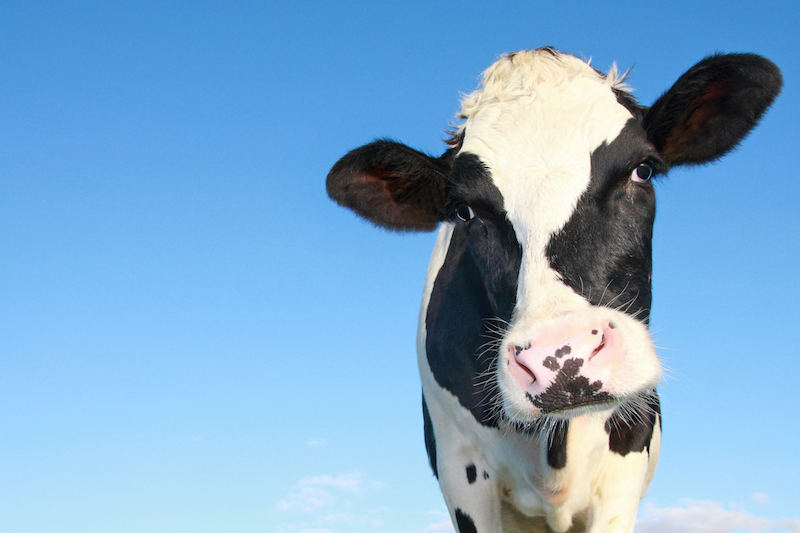
Rising global dairy prices and an increasing balance between COVID-19-hit food service and retail sales shows a strengthening dairy industry, but agribusiness lender Rabobank says it’s too early to it call a ‘true recovery’.
During COVID-19, government intervention propped up many countries that produce or import dairy products. But as that support fades, Rabobank predicts this will impact supply and demand and lead to heightened stock levels.
The lender has revised up the milk price forecast for Australia and New Zealand in its newly released second quarter Global Dairy Quarterly for 2020.
It also predicts a one per cent year-on-year production expansion in key exporting regions including the US, EU, Brazil, Argentina, Uruguay, New Zealand and Australia.
It has set the modeled milk price for Southern Australia at AUD6.35/kgMS � the minimum price announcement set for the new season above expectation, suggesting limited upside in the season ahead.
Rabobank senior dairy analyst Michael Harvey said while the northern hemisphere is experiencing a rebound, it’s too early to call it a true dairy market recovery.
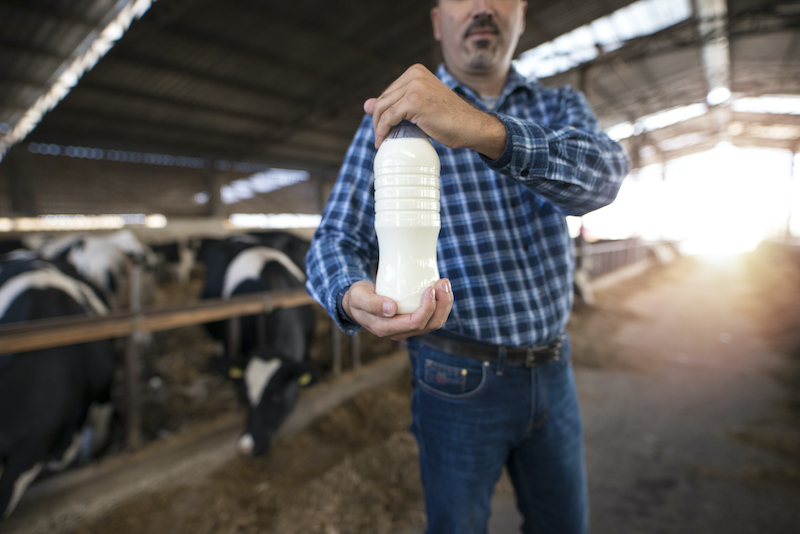
�Much of the price support has been driven by government intervention in the market whether through dairy purchases, direct income payments, and managing surplus stock, combined with the reopening of food service outlooks that has helped jump-start demand.�
Slowing economy impacts dairy recovery
As the world emerges from COVID-19 lockdowns and government intervention reduces, the import strength of many countries will be impacted.
Harvey said this would put downward pressure on dairy commodity prices as stock levels rise and competition for reduced import demand intensifies.
Rabobank is expecting a decrease in demand from South East Asia, which is a key driver of import opportunities for many milk-producing areas.
There is also expected to be lower Chinese imports would could also lead to a milk surplus and high stock levels in high the second half of 2020.
The COVID-19 imbalance between retail and food service sales is also starting to converge.
�There will be limitations preventing a complete return to previous norms, particularly in food service sales � new habits may have formed, and we may find people continue preparing more food at home on an ongoing basis,� he said.
Australian outlook on dairy recovery
Milk production recovery in the southern export pool is improving with production increasing by 6.7 per cent in April year-on-year, Harvey said.
Season-to-date milk production was 7.5 billion litres, down 1.6 per cent year-on-year, with exceptional gains in Tasmania and Gippsland.
Rabobank is forecasting milk production to finish at 8.7 billion litres, marking a decline of 0.7 per cent. It is also expects this will expand by 3.4 per cent in the 2020/21 season.
�Favourable seasonal conditions will support milk production growth into the 2020/21 season, bringing national production back above nine billion litres and a return to growth in the exportable surplus from Q2 2020 � for the first time since 2018,� Harvey said.
Better seasonal conditions have also slowed culling rates, as Australian dairy farmers look to rebuild stocks, with lower purchased feed markets providing margin support for dairy businesses.
